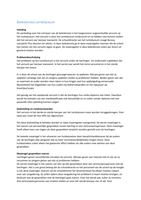Summary
Summary Detailed video's Brightspace RU Statistics (MAN-MOR004)
- Course
- Institution
In this document every video on Brightspace for the course Statistics MAN-MOR004 is completely written down (video 1-23). Every single sentence including every example with the use of colors and shapes is elaborated on. The full credits go to Eric Jacobs of the Radboud University for providing the ...
[Show more]





